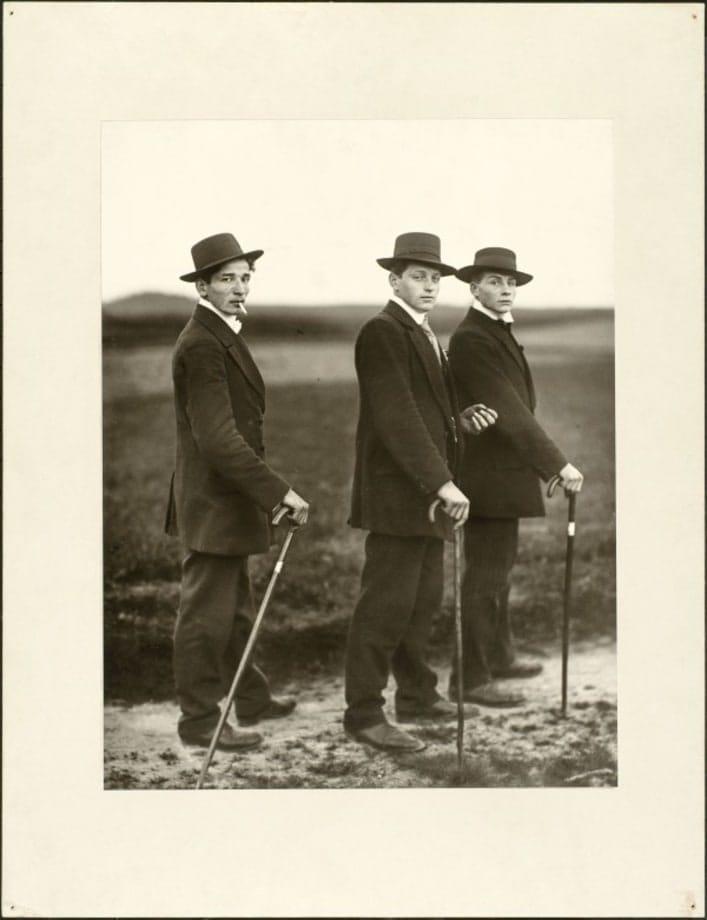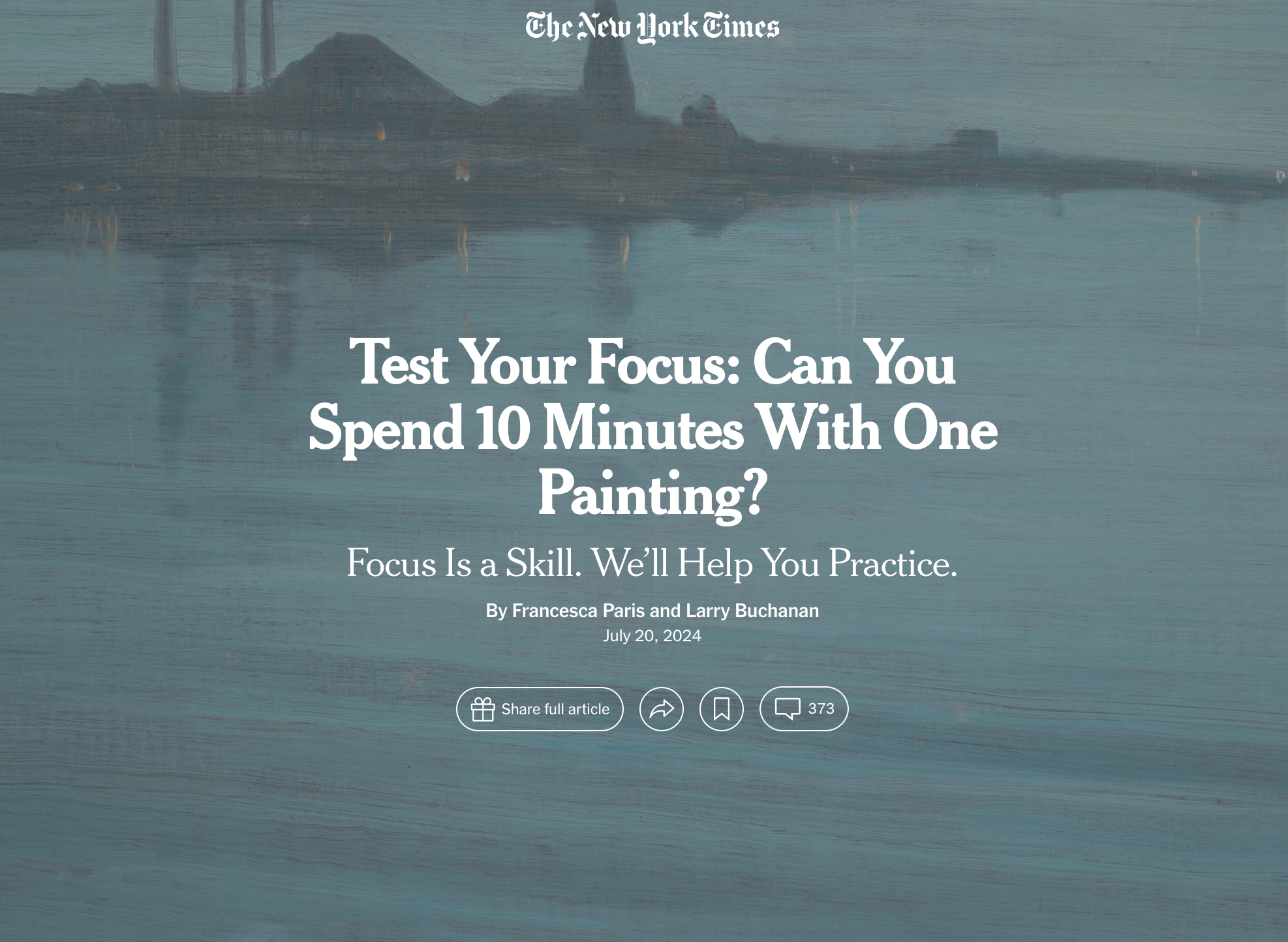Look, See, Focus

I recently read an article by Hua Hsu in the New Yorker (Sept. 6, 2024) about the novelist Richard Powers, author of, among other titles, the 2019 Pulitzer winner, The Overstory. There was a passage in the piece I found especially interesting. I will quote it in full.
"One Saturday, [Powers] went to the Museum of Fine Arts, which was staging the first American retrospective of the German photographer August Sander. He came across one of Sander's most notable works, "Young Farmers," taken in 1914. The image of three young men dressed in their finest clothes, on their way to a dance in a nearby village, immediately captivated Powers. The men look back at Sander, unaware of the First World War ahead of them.
Powers wanted to devote himself to thinking about this photograph."
It was the last sentence that really settled on me. He wanted to devote himself to thinking about this photograph. Let that settle on you a moment. He was not only going to think about the image, he was going to devote himself to thinking about it.

I am guilty, like many of us, of looking at a photograph, whether one of my own, or someone else's, and forming a quick opinion of it, making a quick judgement of it, or quickly gleaning information from it--but rarely, if ever, have I devoted myself to thinking about it. It reminds me of a "focus test" a friend recently forwarded from the New York Times:

As photographers we must train ourselves to not only look but to see in the deepest and richest sense of the word. In his book The Creative Act: A Way of Being, Rick Rubin writes,
"To live as an artist is a way of being in the world. A way of perceiving. A practice of paying attention. Refining our sensitivity to tune in to the more subtle notes. Looking for what draws us in and what pushes us away. Noticing what feeling tones arise and where they lead."
Obviously I am not writing about the act of making photographs but the act of preparing to make photographs, a way of being in the world. The metaphor of the well comes to mind. The poet draws down the well in the artistic act. At some point he or she must rest and let the well refill, which it will do with proper nurturing, then pick up and carry on. By devoting ourselves to thinking about an image and fine tuning our ability to focus we refill the well. Then the next time we pick up our camera we will have the reinforcement, consciously or not, of making images that are more fully informed. Drawn down, refill. Reset and repeat. Reset and repeat. That is the path of the artist.
Thanks for reading. You will find me at Glass Photo or my web page, Doug Bruns Photography. If you have photography friends who you think will enjoy these musing please feel free to forward this post.